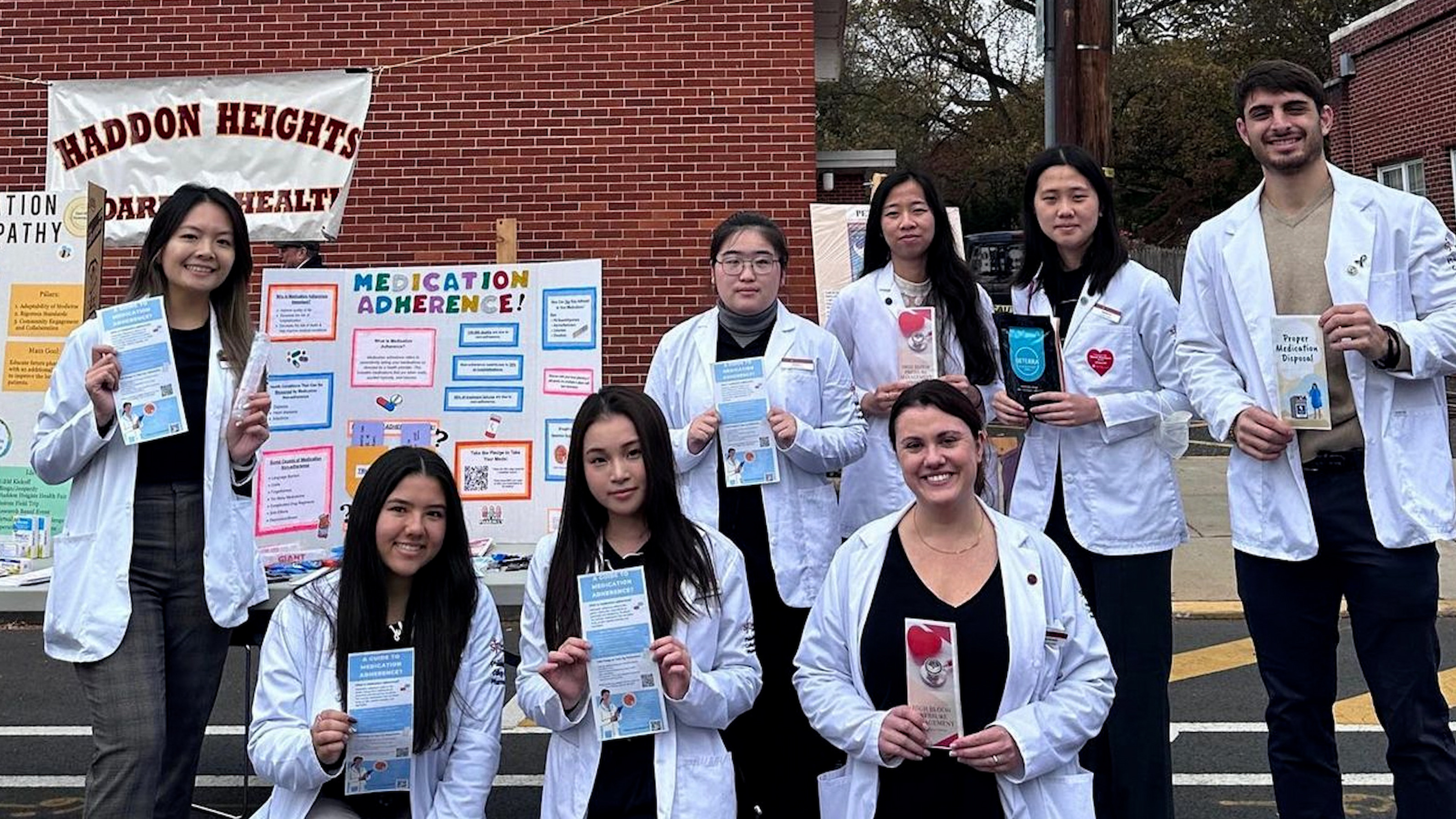Physics Students Give Solar Cycle 25 a Warm Welcome
SJU's Physics Lab Coordinator Mark Scafonas, Ph.D., is excited to guide new students in Introduction to Astrophysics studying the sun as it enters into a new 11-year solar cycle — a phenomenon which could have a serious impact on the Earth’s infrastructure.

When you sign up for an Introduction to Astrophysics class, you probably don’t expect your data collection to go on for 11 years.
This year’s cohort of PHY417 Intro to Astrophysics students, however, are coming into the course at the very beginning of solar cycle 25. A solar cycle is a period of approximately 11 years where the sun's stormy behavior builds to a maximum threshold and its magnetic field reverses.
SJU's Physics Lab Coordinator Mark Scafonas, Ph.D., is the instructor of PHY417 and he is eager to seize this moment in time for his astrophysics students.
“This new solar cycle is really a perfect time for us to relaunch Intro to Astrophysics,” says Scafonas. “Right now, the sun looks kind of boring — there’s very little activity going on and you see a pretty uniform surface area. But sunspot activity will soon begin increasing.”
PHY417 students will be viewing the sun through a solar telescope and using a SuperSID Monitor to detect changes in the Earth's ionosphere caused by solar storms. In the coming months, an increase in sunspot activity will mean Scafonas’s students will see dark spots, coronal mass ejections, solar flares and more through the solar telescope.
“It’s going to be pretty cool,” notes Scafonas. “It’s going to influence space weather and, ultimately, impact Earth.”
After moving through the foundational aspects of the curriculum, this class will be the first to build an antenna for the SuperSID to detect and monitor disturbances in the Earth’s ionosphere due to solar activity during cycle 25.
Historically, waves like this have the potential for incredible impact on Earth’s infrastructure and have caused some of the most memorable blackouts of the power grid.
“Two-hundred years ago, a solar cycle wouldn’t have had this kind of effect,” says Scafonas. “We didn't have satellites, we didn't have large power grids. But once all these technologies started developing we began to see these solar events having a greater impact.”
“What’s interesting about a course like this is that it can serve as a means of outreach to those looking to get involved with science,” remarks Alexander Manduca ’22, current PHY417 student and president of SJU’s Society of Physics. “Astrophysics is such an elegant and robust field of study — courses like this can make it truly digestible for those who have no background in science whatsoever.”
Astrophysics is such an elegant and robust field of study — courses like this can make it truly digestible for those who have no background in science whatsoever.
Alexander Manduca '22, president of SJU's Society of Physics
Luckily for SJU’s PHY417 students, the last solar cycle was largely uneventful, which means astrophysicists are expecting high activity from solar cycle 25.
“It’ll be another five years or so before we reach the peak of this solar cycle,” explains Scafonas. “So all our subsequent PHY417 classes will use this antenna to continue the data collection throughout the 11-year cycle.”
Most notably, this data will be accessible online to the public through the Stanford Solar Center, which means other higher ed institutions, high school students and our very own Hawks will be able to access it for their research.
“This is the first time I’ll be using data that I’ve personally collected to inform my other courses,” says Scafonas, who plans to present the data for use in his astronomy and climate science courses. “It’s a great way to make all that we’re studying in astronomy and climate science a little more real. It’s data we’ve gathered ourselves so we’re able to look into nuances, eliminate variables. It’s much more transparent.”
For the remainder of the semester, Scafonas and his students can be found by the Science Center using the solar telescope to gaze at the sun.
“We’ll be happy to give anyone a peek if they stop by,” says Scafonas, “so don’t be shy!”



